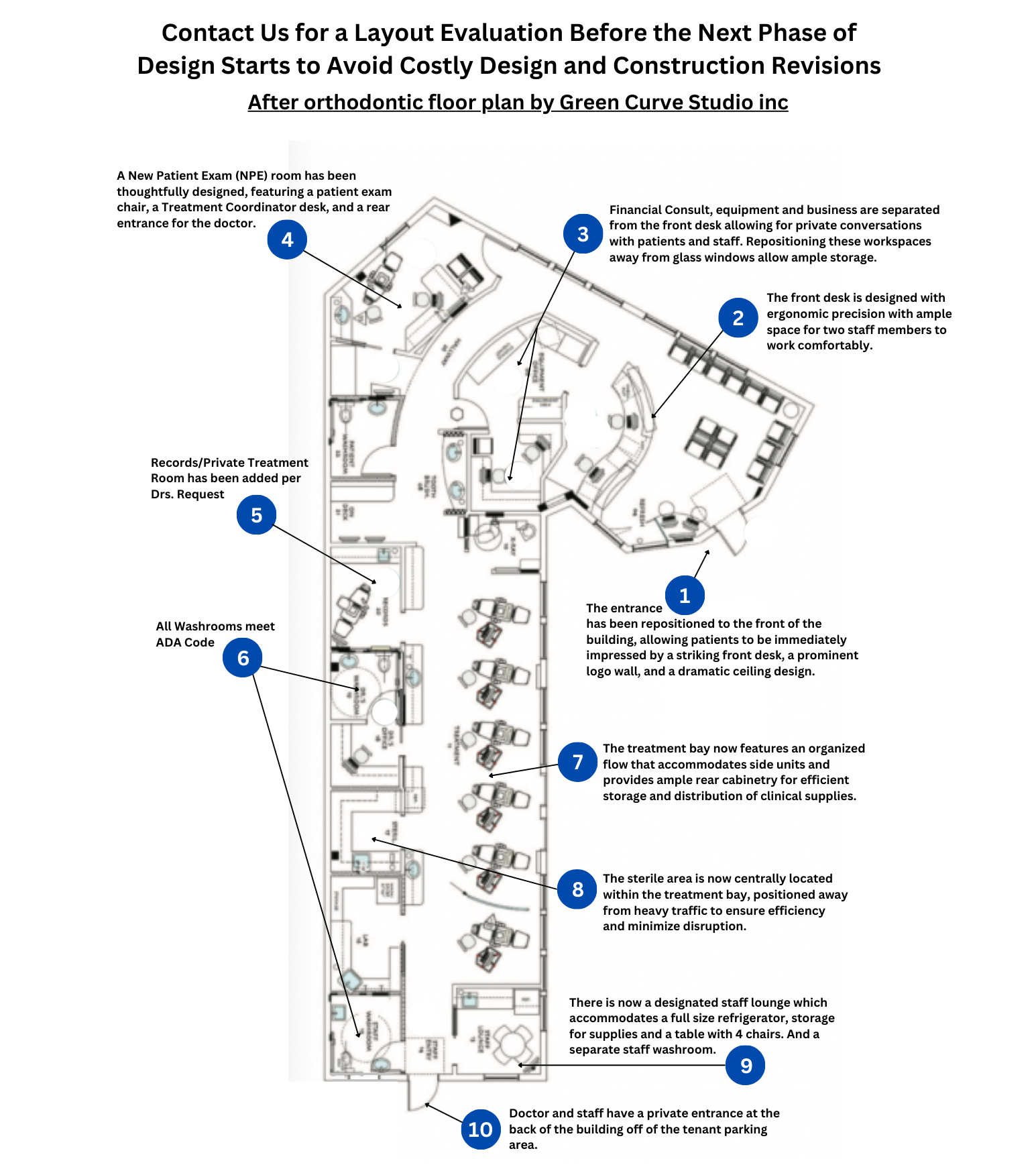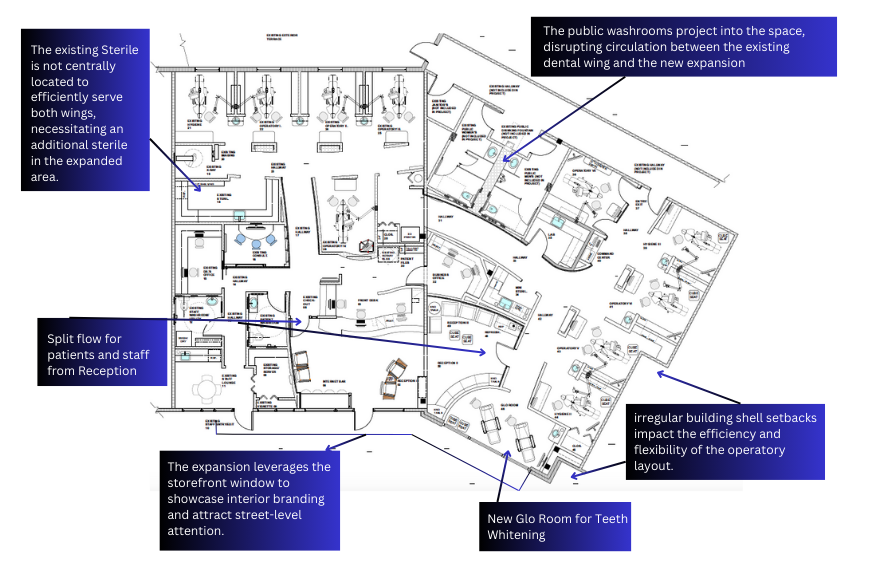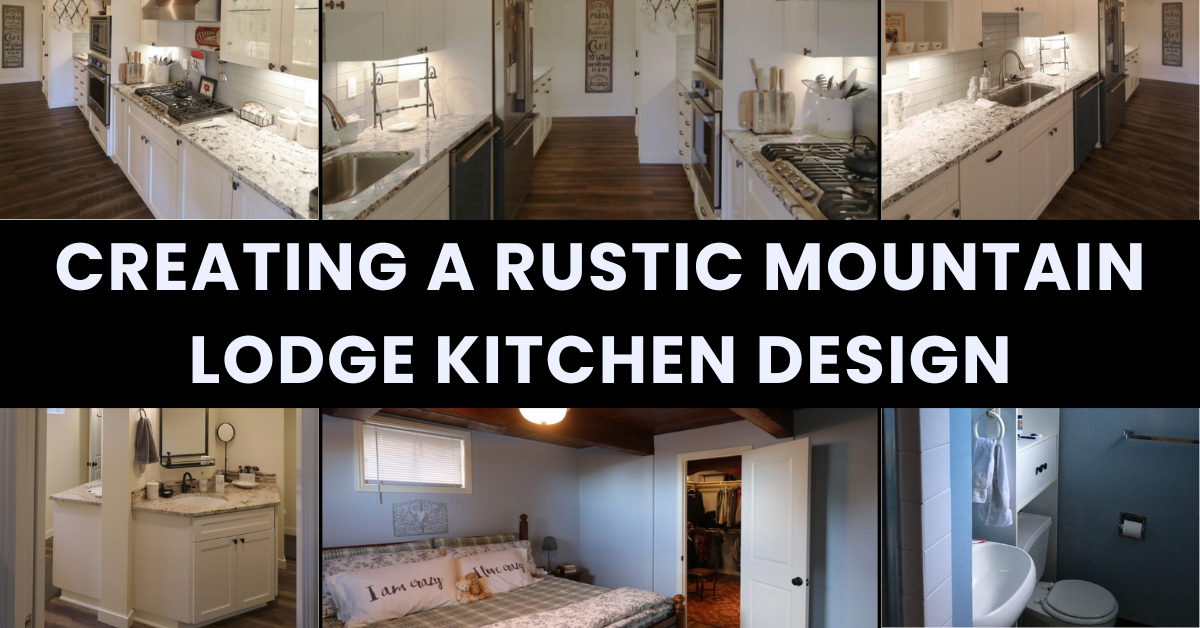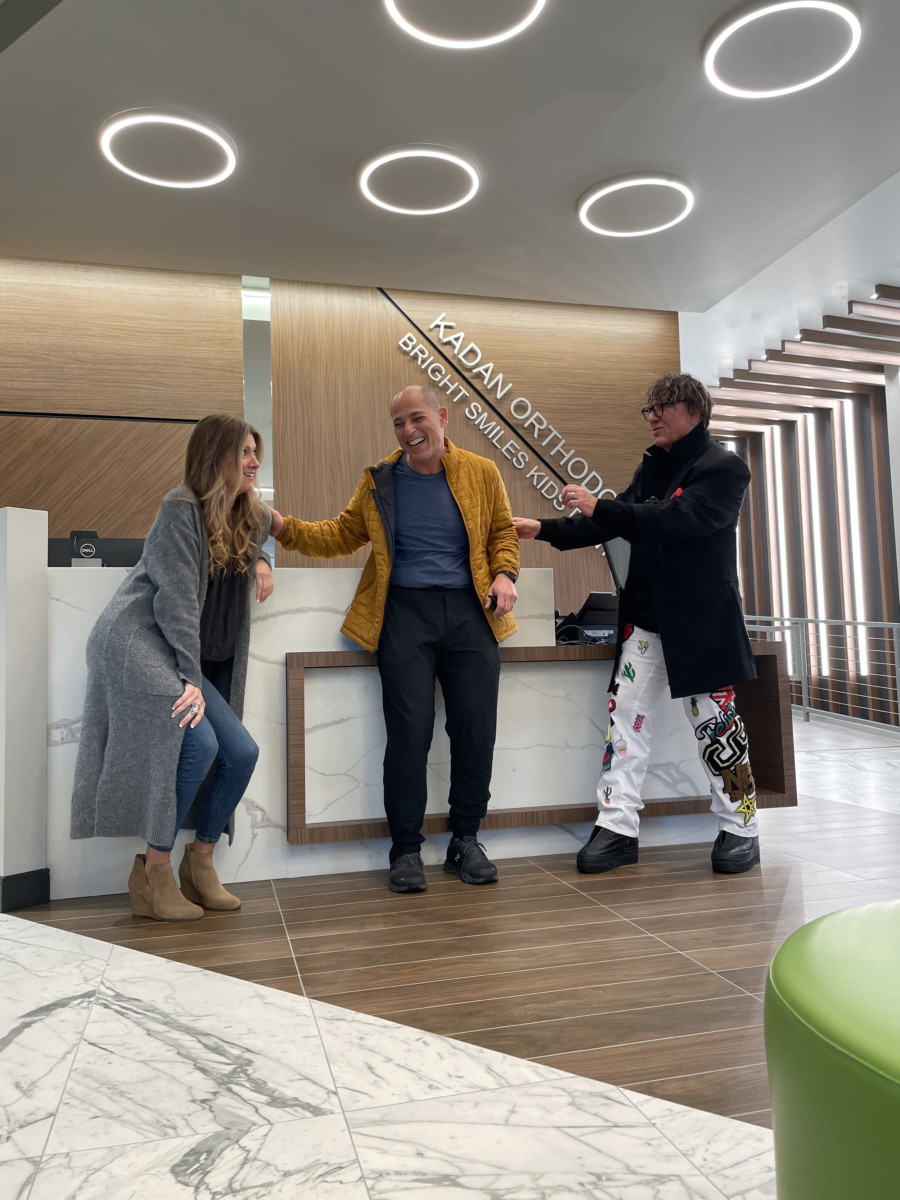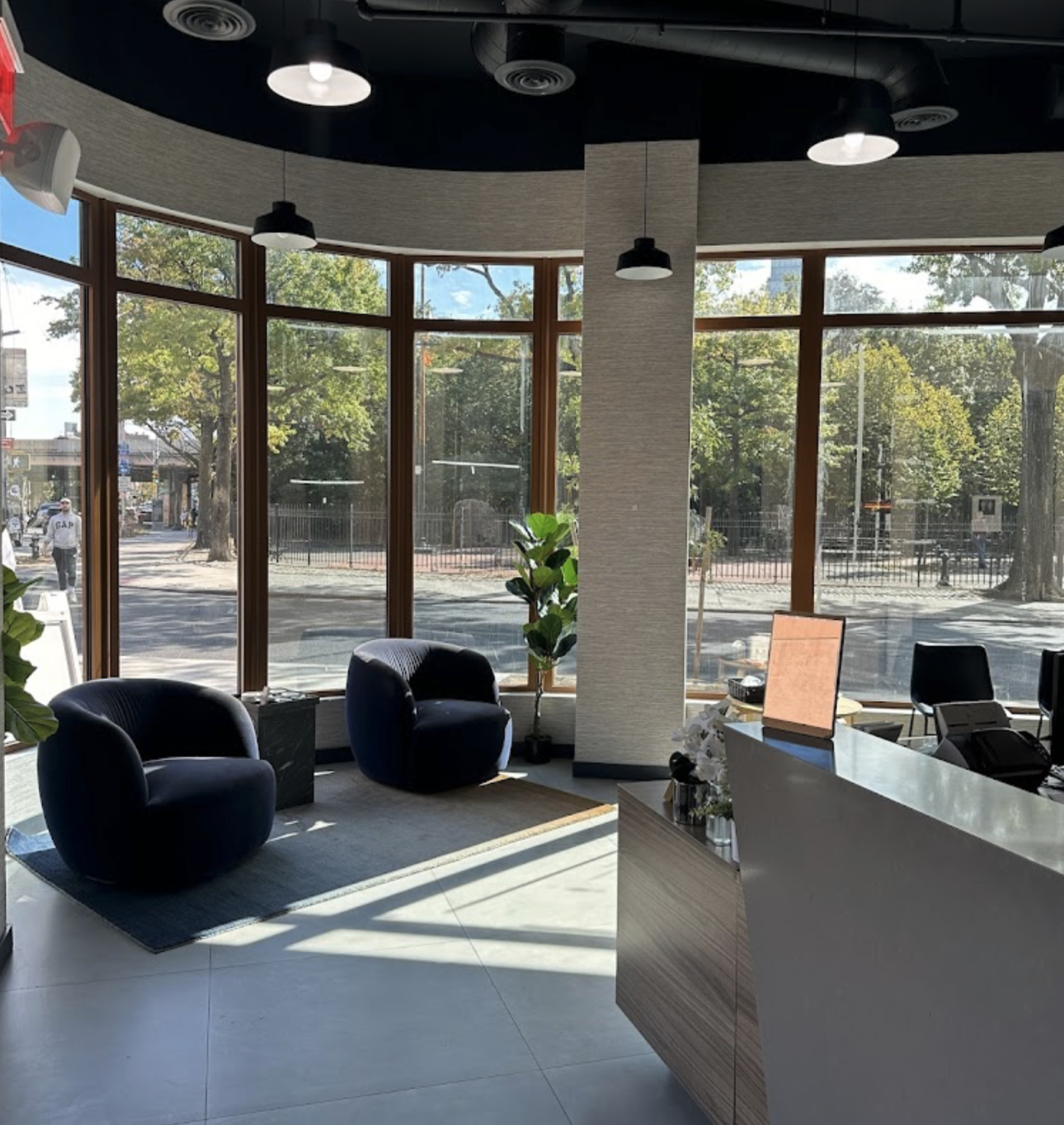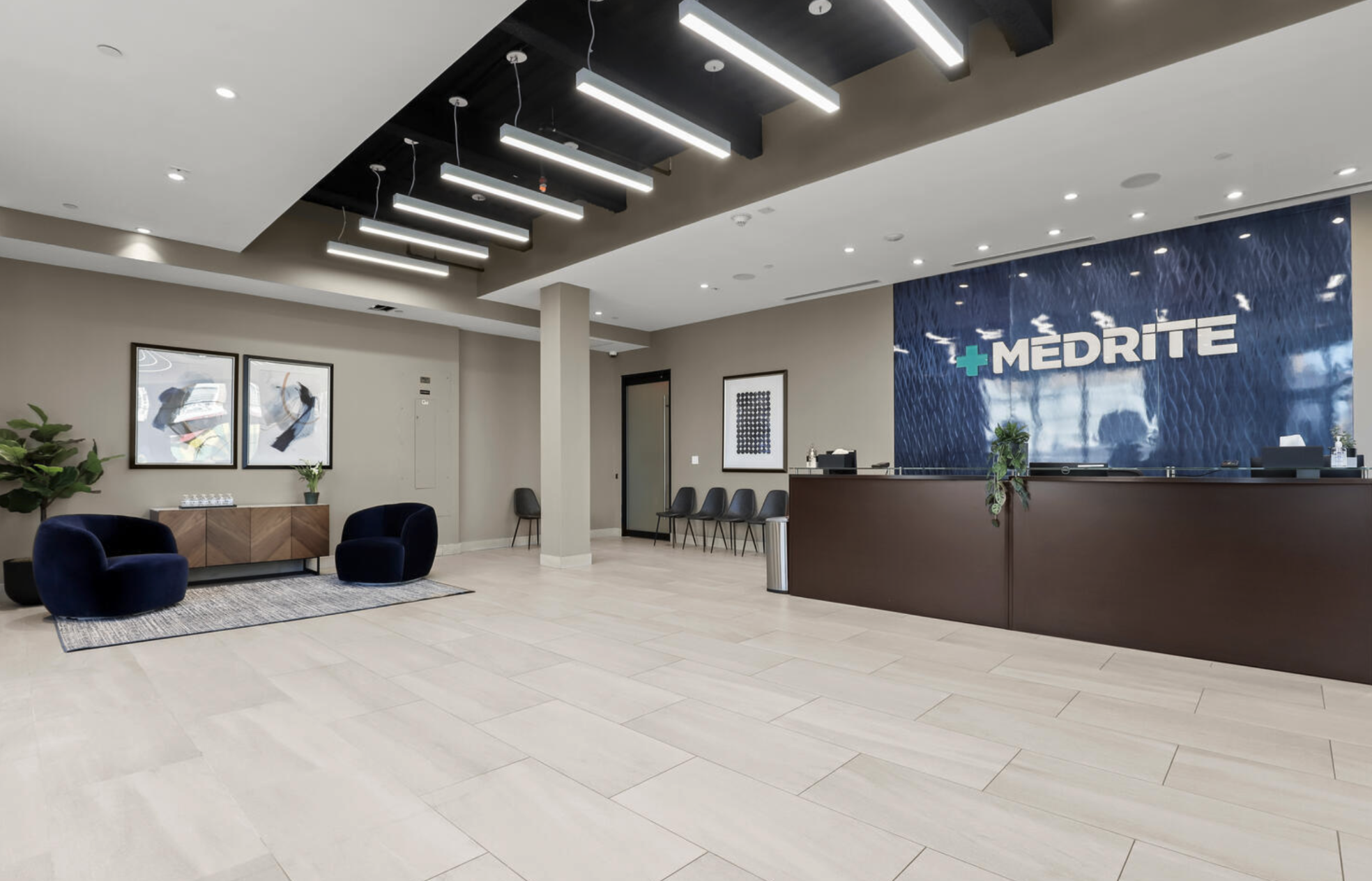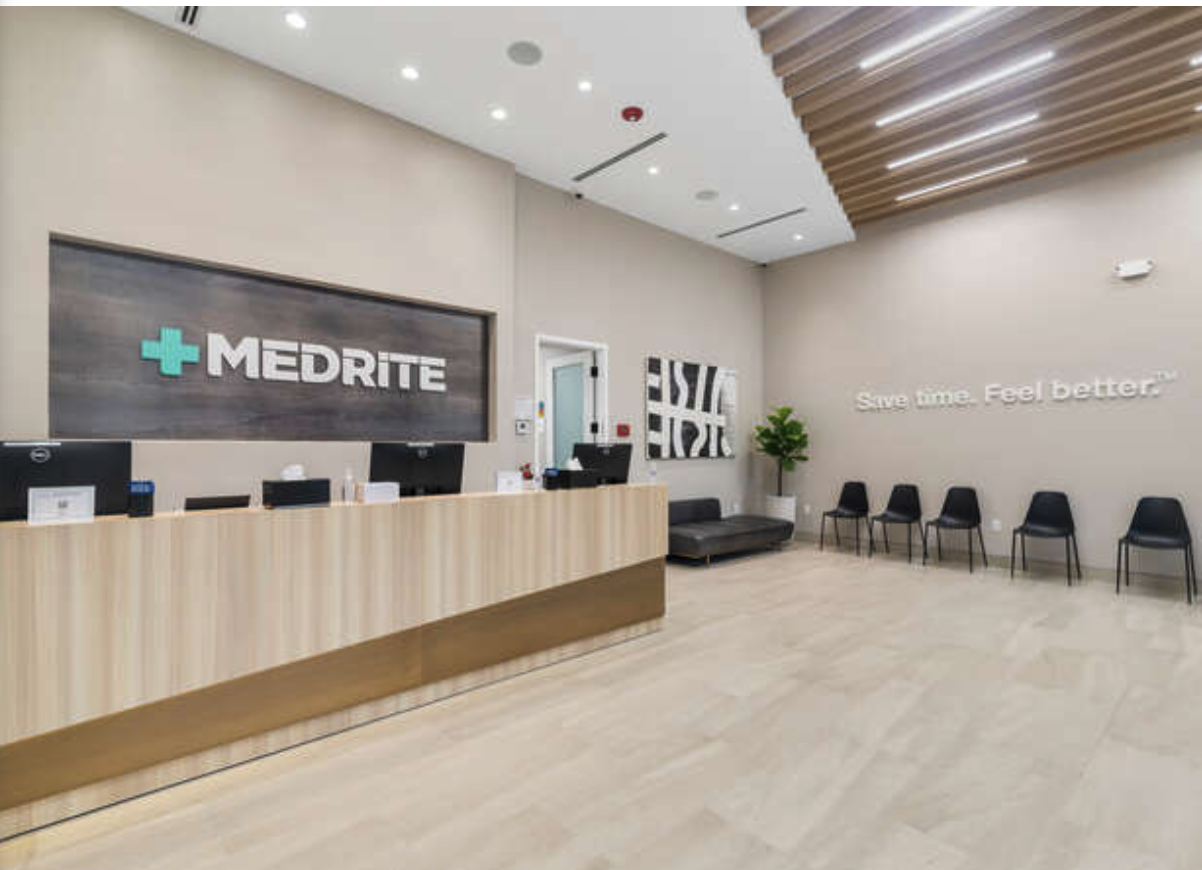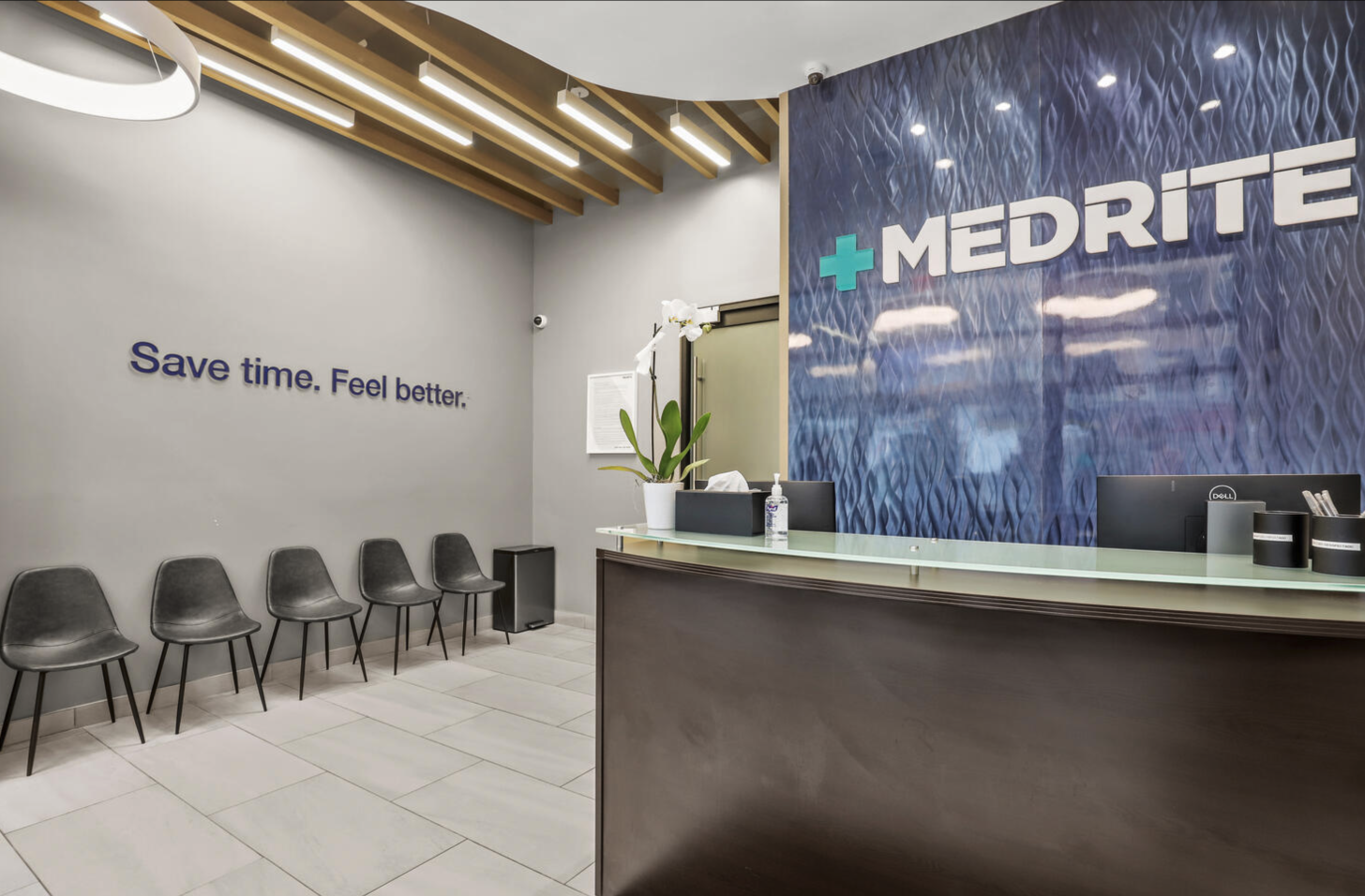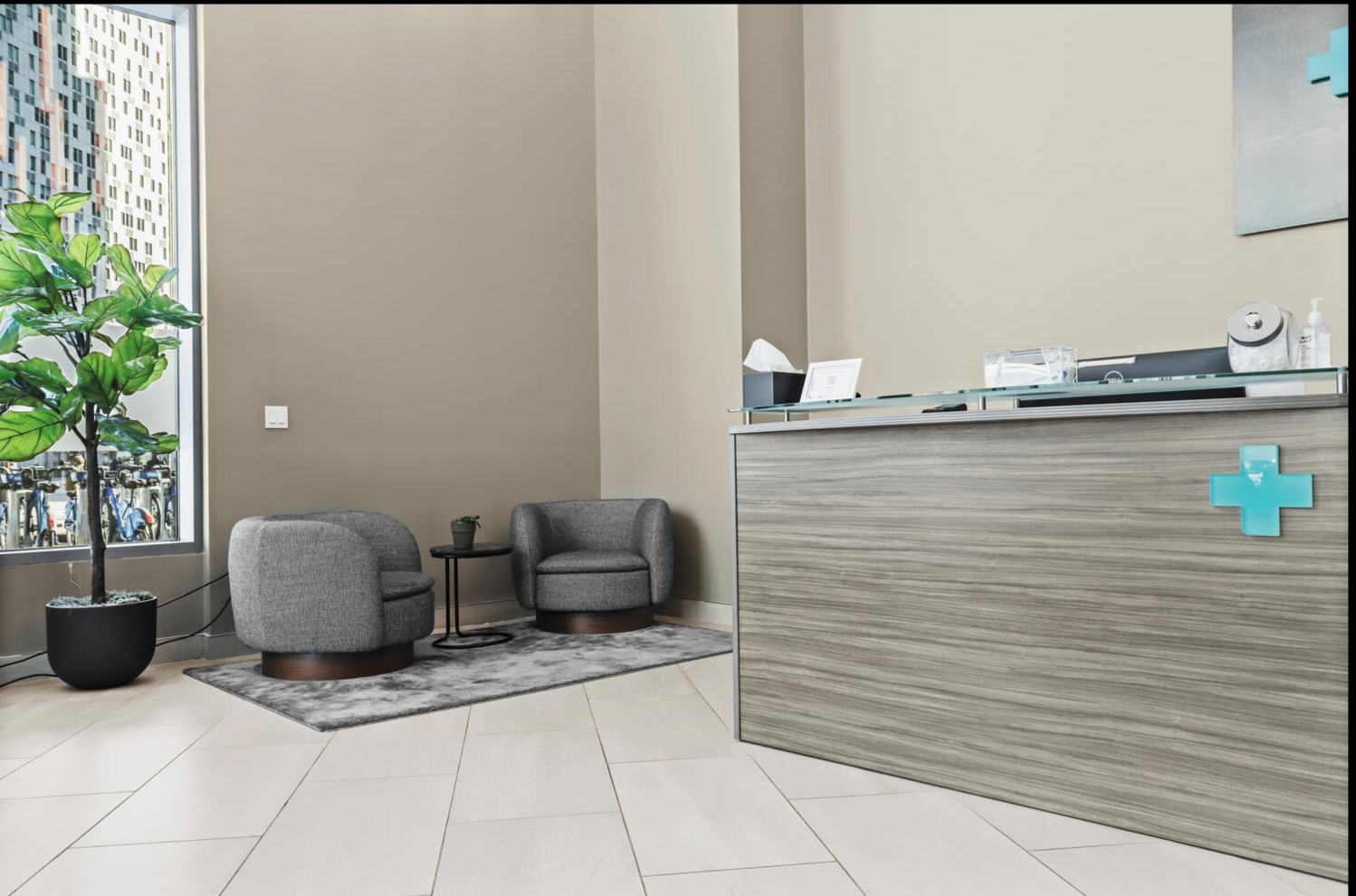A Costly Surprise: “How floor planning bugs ”
Can Became a Construction Nightmare
Don’t Let a Bad Floor Plan Ruin Your Dream Orthodontic Office
Imagine you’ve spent years carefully searching for the perfect site, the best price, and the right moment to build your dream orthodontic practice. You’re finally ready, permits in hand, and construction is underway. Everything feels perfect—until you get that dreaded call from your contractor: “The space is 16 inches narrower than the plans show.” Suddenly, your carefully laid plans start unraveling. This isn’t just a small error; it’s a costly, stressful nightmare that could stall your project indefinitely.
Common Floor Planning Mistakes:
- Inaccurate Measurements: A seemingly minor discrepancy, like a 16-inch error, can completely disrupt construction timelines.
- Poor Space Utilization: Awkwardly placed cabinets, insufficient storage, and inefficient layouts hamper workflow and staff effectiveness.
- ADA Compliance Oversights: Non-compliant restroom designs halt permitting and construction.
How Green Curve Studio Transformed the Space:
- Entrance Relocation: Positioned the main entrance to the front, creating a powerful first impression with a dramatic ceiling and logo wall.
- Enhanced Ergonomics: Redesigned front desk and workspace to optimize ergonomics and storage.
- Improved ADA Compliance: Ensured all washrooms met compliance standards.
- Functional Flow: Reorganized the treatment bay, centrally located sterile areas, and created dedicated staff and doctor entrances.
Risks You Face Without Expert Review:
- 85% of field revisions occur due to inadequate initial planning.
- Accepting layouts stamped with “Not for Construction” shifts liability and errors onto you, the practice owner.
- Each oversight during construction significantly inflates costs and extends timelines.
Is it common to find critical errors in orthodontic office floor plans? Surprisingly, critical mistakes frequently appear in orthodontic and dental office layouts. Many of these problematic plans are offered as complimentary services from dental equipment suppliers or drafted by local architects lacking expertise in specialized orthodontic office design. Consequently, essential elements like patient flow, practice branding, ergonomics, and functional efficiency are often overlooked, necessitating costly revisions. Below are two examples demonstrating how our experienced design team successfully corrected these layout errors to meet the specific needs of orthodontic practices.
Orthodontic office floor plan, project located in Tampa, FL
Pediatric Dental/Orthodontic office floor plan, project located in Clifton, NJ
While it’s difficult to see detail in the demonstrated plans above you can see significant differences in the layout flow, we are very focused on optimizing the layout to create a aesthetic flow as patients, staff and doctor move through the space, on a tight budget this is a great way to provide a brand feel or experience.
Q&A
Who Pays for re-framing due to wrong dimensions:
In our experience, about 85% of field revisions stem from underdeveloped floor plans. When doctors aren’t given experienced design support and time to explore different layout options, they risk committing to a plan that will affect their practice for decades to come.
By taking the time upfront to develop a comprehensive design, you can minimize costly re-framing and other unforeseen expenses.
Often, equipment supplier drawings come stamped with “Not for Construction” disclaimers. Yet, if you accept these layouts and pass them on to your contractor or architect you’re effectively taking ownership of any errors within them.
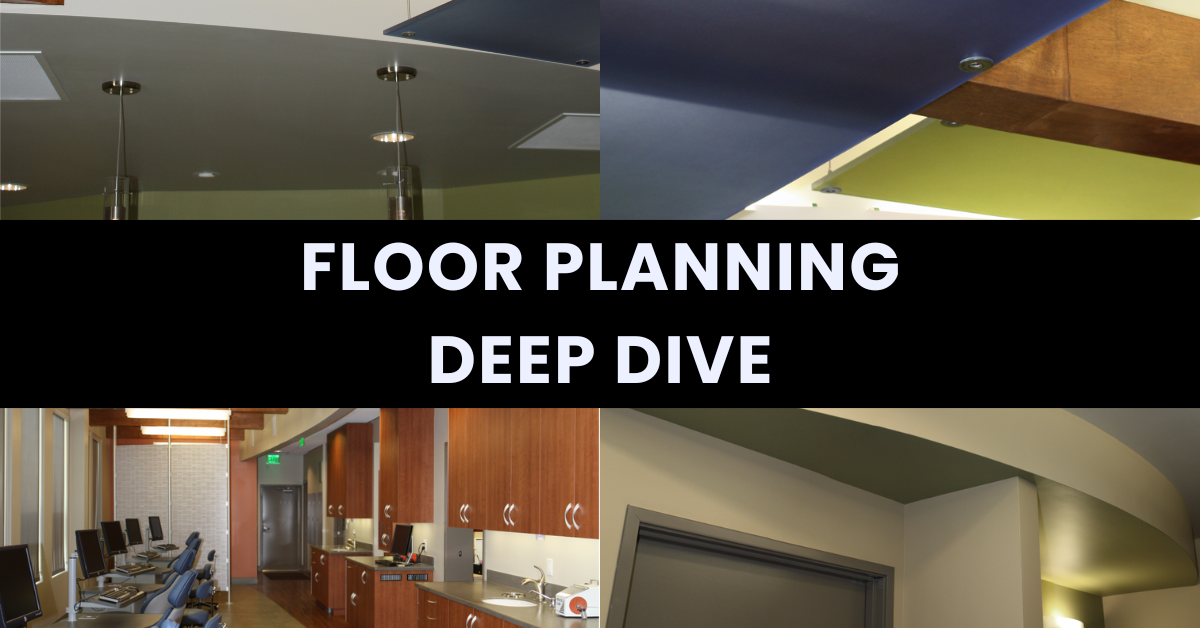
Is it common to see critical errors in orthodontic office floor plans?
Surprisingly, yes—it’s more common than you might think. Many orthodontists come to us with office layouts that initially seemed like great value, often provided as a complimentary service from dental equipment suppliers or drafted by local architects who, despite their skills, may lack specialized experience in orthodontic design. Unfortunately, these plans often overlook important details, forcing practices into costly revisions down the line.
When reviewing these plans, our design team frequently encounters oversights in areas such as:
- Efficient patient flow
- Brand identity integration
How Did the Dimensions Get So Far Off – and How did We Catch it?
It’s a valid question, especially since we often hear, “But you’re not local!” In reality, ensuring accuracy has more to do with disciplined process and procedure than physical location—which is exactly why we tell clients: “Hire Experience Over Proximity.”
Before laying out the space, we compared the local draftsman’s plan against the building’s original drawings and immediately spotted discrepancies. It appears an equipment supplier took faulty measurements, booted up their CAD software, and passed along the flawed file. Each new set of hands used these incorrect dimensions, compounding the error.
By relying on a thorough, documented process instead of physical proximity, we caught the mistake early—saving valuable time, money, and frustration.
How do I know if the design team or architect is qualified?
During economic downturns, many laid-off designers and architects attempt to rebrand themselves as independent specialists. With today’s accessible technology—and increasingly powerful AI tools—it’s now possible to create entire websites filled with highly realistic 3D renderings of impressive but nonexistent projects. Even seasoned professionals can struggle to discern whether these images depict actual built environments or are simply computer-generated visuals crafted to evoke trust and an emotional connection.
Interestingly, many clients never thoroughly check references, often taking a representative’s word at face value. I recently encountered an architect who confidently stated they had designed over 40 dental offices across the U.S.—yet upon reviewing their website, there was only one dental project showcased. As a doctor, you would never misrepresent your own experience or expertise; the risk of harming a patient would be unthinkable. Naturally, you expect other professionals to hold themselves to the same standard of honesty, making it all the more troubling when reality falls short of that expectation. While bad design may not cause physical harm, it can—and often does—cause significant mental stress and financial hardship.


